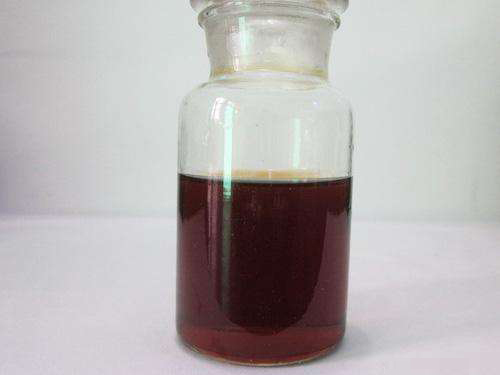pacl polyaluminum chloride
Understanding PACL Polyaluminum Chloride
Polyaluminum chloride, commonly referred to as PACL, is a versatile chemical compound widely used in various industries, particularly in water treatment processes. This water-soluble inorganic polymer is a coagulant that plays a critical role in purifying water by facilitating the removal of suspended particles, turbidity, and organic matter. In this article, we'll explore the properties, applications, and advantages of PACL, shedding light on its significance in modern water treatment and other fields.
What is Polyaluminum Chloride?
Polyaluminum chloride is composed of aluminum, chlorine, and oxygen, and it is typically available in both solid and liquid forms. Its molecular structure consists of aluminum hydroxide polymer chains, which enhance its ability to bond with impurities present in water. The compound is produced through the hydrolysis of aluminum chloride, resulting in a product that can be tailored to meet specific needs based on the degree of polymerization and aluminum content.
Applications of PACL
One of the primary applications of PACL is in drinking water treatment plants, where it acts as an effective coagulant. Upon addition to water, PACL undergoes hydrolysis, leading to the formation of aluminum hydroxide flocs. These flocs capture and aggregate particles, including dirt, silt, and organic compounds, allowing them to settle at the bottom of the treatment tank. This sedimentation process significantly reduces turbidity and other contaminants, resulting in cleaner and safer drinking water.
Moreover, PACL is extensively used in wastewater treatment facilities. It aids in the removal of phosphorous, heavy metals, and other pollutants, thereby improving the overall quality of effluent before it is discharged into the environment. By promoting the formation of larger flocs, PACL enhances the efficiency of sedimentation and filtration processes.
pacl polyaluminum chloride

PACL also finds applications in the paper and pulp industry, where it is employed as a retention and drainage aid. Its ability to enhance the binding of fibers and fillers helps improve the quality of paper products while reducing water consumption in the manufacturing process. Additionally, PACL is utilized in the textile, food, and cosmetics industries due to its coagulating properties.
Advantages of Using PACL
The use of PACL in water treatment presents several advantages over traditional coagulants such as alum. Firstly, PACL exhibits a higher charge density, which contributes to its efficiency in aggregating smaller particles. This results in improved clarity of treated water and reduced chemical consumption.
Furthermore, PACL operates effectively over a broader pH range, making it suitable for a variety of water sources, including brackish and seawater. This flexibility makes it a popular choice among water treatment facilities worldwide.
Another significant advantage is the reduced formation of sludge. PACL generates less sludge compared to other coagulants, which leads to lower disposal costs and improved environmental sustainability.
Conclusion
In summary, polyaluminum chloride is a crucial compound in the water treatment industry, offering effectiveness and efficiency in purifying water. Its ability to remove contaminants, coupled with its versatility across different applications, positions PACL as a key player in promoting public health and environmental sustainability. With the growing emphasis on clean water access and pollution control, the significance of PACL is likely to increase, driving innovation and improvements in water treatment technologies. As industries continue to evolve, PACL will remain an important tool in the quest for a cleaner and safer water supply.
-
lk-319-special-scale-and-corrosion-inhibitor-for-steel-plants-advanced-solutions-for-industrial-water-systemsNewsAug.22,2025
-
flocculant-water-treatment-essential-chemical-solutions-for-purification-processesNewsAug.22,2025
-
isothiazolinones-versatile-microbial-control-agents-for-industrial-and-consumer-applicationsNewsAug.22,2025
-
scale-inhibitor-key-solutions-for-water-system-scale-preventionNewsAug.22,2025
-
organophosphonates-versatile-scale-inhibitors-for-industrial-water-systemsNewsAug.22,2025
-
scale-and-corrosion-inhibitor-essential-chemical-solutions-for-water-system-maintenanceNewsAug.22,2025





